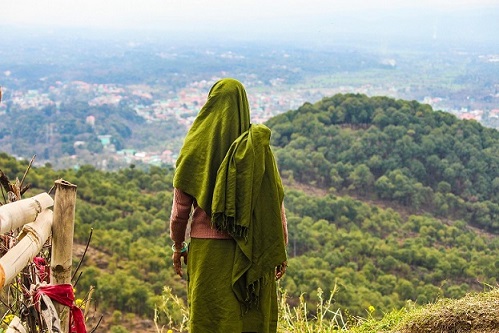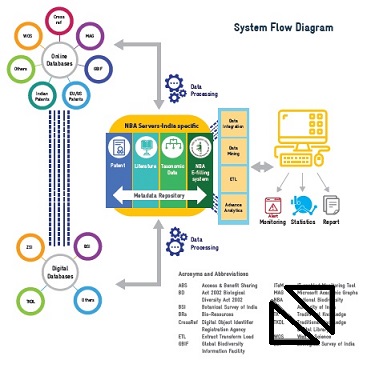| |

|
|
The project aims at strengthening the capacities of the National Biodiversity Authority, and the State Biodiversity Boards and Biodiversity Management Committees of Maharashtra, Tamil Nadu and Uttarakhand. It also intends to create awareness amongst commercial users of biological resources and associated traditional knowledge under the Biological Diversity Act, 2002.
|
|

|
|
| The project aims to enable the Forest Department of Himachal Pradesh to introduce the Forest Ecosystem Services (FES) approach in the state’s forest management system. This is in order to improve living conditions of the communities residing in the project areas of the state that are reached by the new FES methods. |
|

| ©Wildlife Institute of India |
|
|
| The project aims at providing technical support at the national level, and in selected states of India, for the effective implementation of measures to mitigate human-wildlife conflict in a holistic manner. The project pilot sites are in Uttarakhand, West Bengal and Karnataka. |
|

|
|
| The project pursues to identify and analyse capable mechanisms and instruments to promote biodiversity-friendly production and commercialisation. Special focus is on small and medium-sized enterprises that are part of agricultural supply chains. The test pilot approaches are operating in three partner countries–India, Brazil and Mexico. |
|

| ©Wetlands International South Asia |
|
|
| The project aims to strengthen the institutional framework and capacities for an ecosystem-based integrated management of wetlands of international importance in India. Four Ramsar sites have been selected as potential pilot sites under the project. These are in Himachal Pradesh, Odisha, and Tamil Nadu. |
|
|
|
| |
|
Cloud-based system called ABS-MS to track use
|

| System Flow Diagram of ABS-MS |
|
|
Currently in India many users accessing bio-resources for research and commercial purposes are outside the preview of the National Biodiversity Authority (NBA), leading to potentially illegal and unsustainable use. In addition, benefits arising out of its utilisation may not be reaching the providers due to lack of awareness and monitoring of bio-resource utilisation. Thus, the NBA is seeking to enhance its capacity to monitor the utilisation of Indian bio-resources and associated traditional knowledge with the help of a digital application. The application, called ABS Monitoring System (ABS-MS), is being developed in collaboration with the ABS partnership project. The ABS-MS is a cloud-based system that will integrate real-time information from globally available data-sources on scientific publications, patents, etc. The application unifies complex information in one standard format for efficient access through a sophisticated software. |
|
Nine plans to be implemented in Himachal Pradesh
|
Micro plans are community-based plans that focus on forests used by adjacent villages. The main stakeholders here are villagers, adjacent communities, cities and the forest department. The microplans focus on forest management to ensure the supply of forest ecosystem services (FES). These range from direct provisioning of fodder, fuel, non-timber produce, to cultural services like ecotourism. This is done by a periodisation of FES through the communities who have user-rights and the allocation of clearly defined zones in the forest and management practices for each FES. The FES project has strengthened the capacities of communities and the forest department of Himachal Pradesh to prepare nine such plans in the state. These micro plans are being implemented by the village communities with technical assistance from the FES project.
|
|
A step closer to harmonious coexistence
|
| Training courses on human-wildlife conflict (HWC) mitigation are helping to integrate a new curriculum based on a competency framework on HWC in India using participatory methods. The trainings focus on a holistic approach to HWC mitigation looking at the Drivers, State, Impact and Response to this issue. The curriculum takes a landscape approach, using experiential learning methods, to explore the practical aspects of applying landscape approach across administrative boundaries, especially in the case of long-ranging species. The trainings focus on communications, media engagement, and community participation. Training methods include knowledge café, role plays, panel discussions on key management questions by experienced scientists and practitioners and discussions on case studies of HWC mitigation. These training modules are implemented by GIZ together with the partner training institutions. |

| Illustration by Neha Owaisy |
|
|
| |
"Both nature and nature’s contributions to people are vital for human existence and good quality of life. This includes human well-being, living in harmony with nature, living well in balance and harmony with Mother Earth and other analogous concepts"
- Global Assessment report, IPBES |
|
|
|
|
|
|